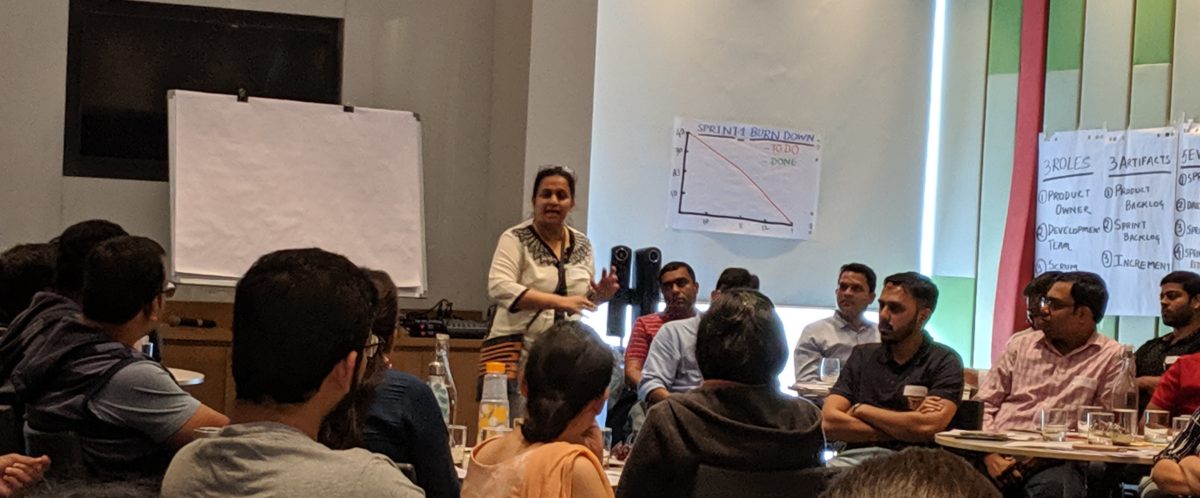Today businesses are shifting to emerging economies (such as India) due to reduced business operations cost and an easily available workforce. The businesses certainly are more virtual and distributed, with “distributed” as its key element. Thus the need for better managing such teams, using the right tools and processes, is becoming increasingly critical for any enterprise company.
Here are some reasons for the shift and need for having distributed Agile teams:
- Globally distributed teams reduce costs.
- They can reach the market more quickly with a “follow the sun” model.
- Distributed teams expand access to new markets.
- Acquisitions as a result of consolidation results in companies working together to integrate their businesses.
- Expansion can aid innovation and thought leadership.
- Telecommuting gives options for communicating with teams effectively.
- Collaboration tools — improved tools for distributed communications and server-based, multiuser tools for product development — are removing barriers, and more teams view distributed collaboration as an alternative.
Handling Distributed Scrum Teams
- Distributed teams increase the need for clear, timely communication between sites. You might be thinking of increases in complexity due to more time zones, language barriers, and cultural differences getting in the way.
- Communication is the core issue among the distributed teams. Different time zones, conflicting working hours, cultural and language barriers impact communication and collaboration.
- Investing in effective enterprise tools for requirements repositories, source Control management, build and deployment setup, defect tracking, and project management tools is essential.
- Practicing Test Driven Development (TDD), Continuous Integration and Automation of Testing are recommended
- Proper communication setup such as telephones and videoconference are essential in a distributed setup.
- Telecommunication etiquettes such as conversation using round-robin technique, importance of mute etc are essential hence a upfront training or setting ground rules for telephone etiquette is essential.
- Coordinating Agile and non-Agile teams: Making sure the non-Agile team is aware of the priorities of the Agile teams and keeping dependencies visible can help to prevent blockers between the teams.
